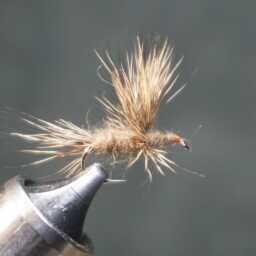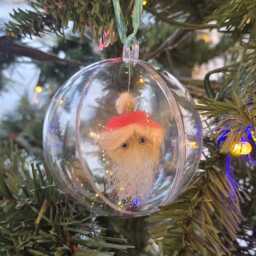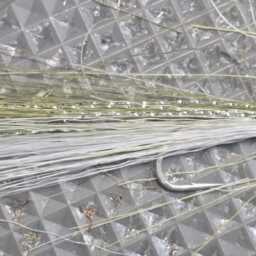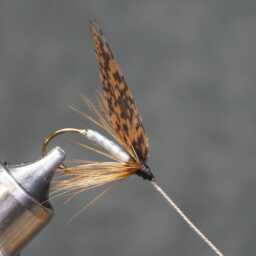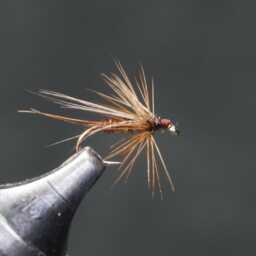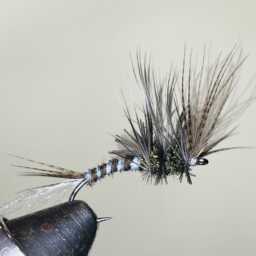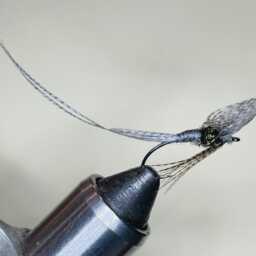Lady Amherst Pheasants have similar features to the Golden Pheasant. The crest feathers are Red followed by rounded, black edged white tippets on the neck. Rounded black edged green tippets can be found on the upper saddle and wrap around onto the breast. The stomach feathers are a soft white plumage. The lower saddle has royal blue feathers. The top part of the tail are long white feathers with barred and sporadic dark brown markings and sometimes a metallic green sheen can be found over the dark markings. The underside of the tail is very similar to a Ringneck Pheasant tail with shorter red spear feathers sandwiched in between the upper and lower tails.
Lady Amherst’s pheasant, scientifically known as Chrysolophus amherstiae, belongs to the order Galliformes and the family Phasianidae. Named after Sarah Amherst, who sent the first specimen to London in 1828, this bird is also referred to as the Chinese copper pheasant. It is categorized as Least Concern on the IUCN Red List.
The adult male Lady Amherst’s pheasant measures 100–120 cm in length, with its striking tail comprising 80 cm of that total. Its distinguishing features include a white and black nuchal cape, complemented by a red crest. The long tail is adorned with greyish-white feathers featuring black bars and red streaks at the base. The chest and belly are white, while the throat displays scaled green markings. Its back is dark green, wings are a mix of blue and brown, and the rump is yellow. During displays, the bird can raise its striking “cape”. This species shares similarities with the golden pheasant but is slightly larger, sporting a yellow eye and blue-green bare skin around it. Its horn-colored bill and blue-gray legs further distinguish it.
In contrast, the female Lady Amherst’s pheasant is less showy, featuring a mottled brown plumage similar to the female common pheasant but with finer barring. Her appearance resembles the female golden pheasant but with a darker head and cleaner underparts.
Despite their vibrant appearance, Lady Amherst’s pheasants are elusive in their natural habitat of dense, dark forests with thick undergrowth. Consequently, their behavior in the wild remains largely undocumented.
« Back to Glossary Index
